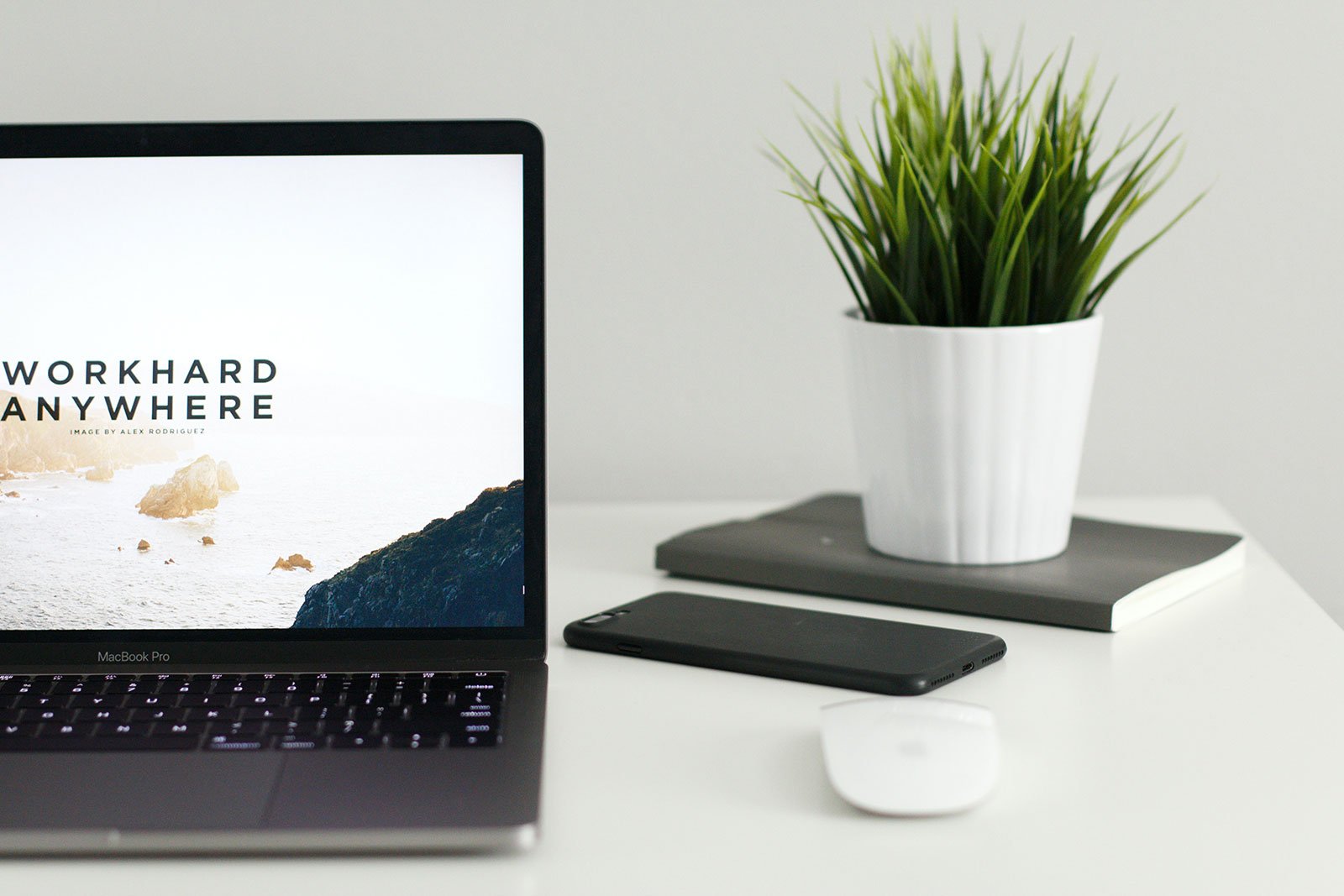Work Furlough: Our Flexible Furlough Q&A | Pink Fluff HR
On 12 June, the Government released further guidance on how the flexible furlough scheme will operate from 1 July 2020. This scheme is an adaptation to the original Job Retention Scheme and has been designed as a way to assist employers to bring furloughed employees back into work on a part-time basis while still being able to claim financial assistance from the Job Retention Scheme.
Below are some Q&A on the flexible furlough scheme.
What is a flexible furlough?
From 1 July 2020, employers can bring furloughed employees back to work for any amount of time and any work pattern.
You will still be able to claim the furlough grant for the hours your flexibly furloughed employees do not work, compared to the hours they would normally have worked in that period.
How do I put employees on flexible furlough?
From 1 July 2020, only employees that you have successfully claimed a previous grant for will be eligible for more grants under the scheme.
This means they must have previously been furloughed for at least 3 consecutive weeks taking place any time between 1 March and 30 June 2020. For the minimum 3 consecutive week period to be completed by 30 June, the last day an employee could have started furlough for the first time was 10 June.
You should have a discussion with employees who you wish to place on the flexible furlough scheme because you will need to agree the arrangements of their part time work. The agreement should be confirmed in writing and you must keep a written record of the agreement for five years.
You do not need to place all your employees on furlough. In addition, you can continue to fully furlough employees if you wish.
How long can flexible furlough last?
Flexible furlough agreements can last any amount of time. This means that they do not need to last for a minimum of 3 weeks. However, the period that you claim for must be for a minimum period of 7 calendar days. Any flexible furlough period of less than this cannot be claimed for via the scheme.
Employees can enter into a flexible furlough agreement more than once.
What do I pay an employee on flexible furlough?
You will pay the employee for the hours they work, along with national insurance contributions and pension contributions for those hours.
The scheme will allow you to recover the remainder of wages to a maximum cap. Wage caps are proportional to the hours an employee is furloughed. For example, an employee is entitled to 60% of the £2,500 cap if they are placed on furlough for 60% of their usual hours.
The amount that the scheme will cover will begin to decrease from September 2020, and you will be responsible for all of the national insurance and pension contributions from August 2020, regardless of the employee being on flexible furlough.
Claims under the new scheme will be open from 1 July 2020.
When claiming for employees who are flexibly furloughed you should not claim until you are sure of the exact number of hours they will have worked during the claim period. This means that you should claim when you have certainty about the number of hours your employees are working during the claim period. If you claim in advance and your employee works for more hours than you have told HMRC about, then you will have to pay some of the grant back to HMRC.
What records do I need to keep?
You’ll need to keep records of how many hours your employees work and the number of hours they are furloughed during flexible furlough. For example, you will need to record that an employee who normally works for 37 hours a week is actually working for 15 hours and is furloughed for 22 hours.
Can my employees work for me during ‘down time’ in flexible furlough?
During flexible furlough, employees are not allowed to do any work for you or any linked or associated organisation during the periods that you record them as being on furlough.
Employees on flexible furlough can do training during the hours that they are recorded as being on furlough, but must be paid at least national minimum wage for those hours.
How do I calculate normal working hours?
If your employee is flexibly furloughed, you’ll need to work out your employee’s usual hours and record the actual hours they work as well as their furloughed hours for each claim period.
There are two different calculations you can use to work out your employee’s usual hours, depending on whether they work fixed or variable hours.
You should work out work out usual hours for employees who work variable hours, if either:
- your employee is not contracted to a fixed number of hours
- your employee’s pay depends on the number of hours they work
Where the employee’s working hours are fixed, or their pay does not vary with the amount of hours worked, the reference period for calculating their hours is the hours your employee was contracted for at the end of the last pay period ending on or before 19 March 2020.
Where an employee works variable hours, you will use the higher of:
- the average number of hours worked in the tax year 2019 to 2020
- the corresponding calendar period in the tax year 2019 to 2020.

